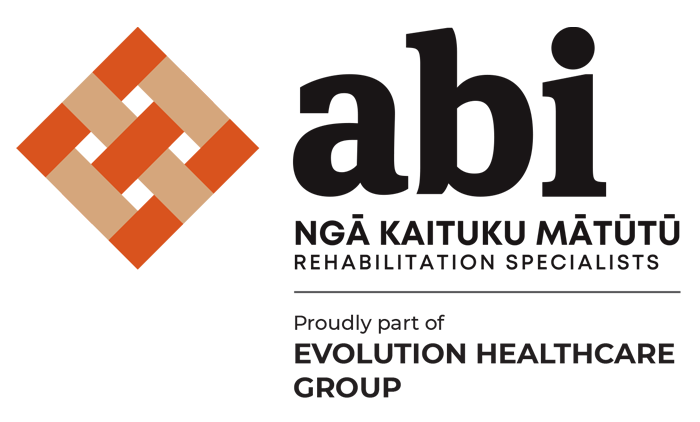Nursing is one of the specialised programmes offered at ABI Rehab that starts from the point that the client is able to interact with another person.
Medical / Nursing
What is the medical-nursing programme?
Clients enter the medical-nursing programme once the hospital and rehabilitation medical teams determine they are medically well enough to leave hospital.
Rehabilitation is intended to enhance a person’s natural capabilities. This is one of the specialised programmes offered at ABI Rehabilitation that starts from the point that the client is able to interact with another person. Clients participate in an individualised rehabilitation programme that is based on the goals set by themselves and their families. Over time, it is intended that the rehabilitation programme will increase in complexity as the person’s thinking and physical capacity improves.
The type of input from the doctors and nursing staff changes as the client improves medically. The focus is always on maintaining wellness, but gradually shifts from medical interventions toward supporting rehabilitation goals.
The aims of the medical-nursing programme
The medical-nursing programme involves:
- Maintaining physical well-being: Assessment and treatment of medical needs, such as preventing complications, respiratory support, nutrition, swallowing and following best management guidelines for orthopaedic and other traumatic injuries.
- Clients may require full or partial assistance with personal cares but an aim of this programme is to encourage as much independence as possible.
- Assessments with the therapy team including goal-setting and an individualised rehabilitation therapy programme.
- Supportive environment for the client and their family-whānau to learn to cope with the results of the brain injury.
Interventions in the medical-nursing programme may include: continence retraining; spasticity management; fatigue management; pain management and medication self-administration.
How does the medical-nursing programme support the next phase of rehabilitation?
The medical-nursing programme is the first step in the client’s rehabilitation journey. Once the client is well enough to no longer need intensive nursing oversight, there is a transition into the Community Re-Integration Programme. This stage of active rehabilitation is intended to equip clients to be able to participate fully in their personal and community roles.
The transition into rehabilitation
When clients are well enough to leave the acute hospital, they are transferred to ABI Rehabilitation and start the medical-nursing programme. This is a specialist service with doctors and nurses who are specifically trained in rehabilitation medicine and nursing. Clients may still be in a state of post-traumatic amnesia (PTA), in which they are unable to recall events that have occurred since their injury and to set down new memories throughout the day. Usually, PTA resolves over time however this is different for everyone.
The medical-nursing programme is for clients who require oversight by specialised nurses and doctors but who are able to begin the process of engaging with an active rehabilitation programme.
Clients in the medical-nursing programme often have complex needs, including needing a tracheostomy tube or feeding tube, and help from others to move around or to perform activities of daily living. As time goes on, the goal is that clients will become more independent and the time devoted to rehabilitation activities will increase.
How can families-whānau help?
Family members can often provide valuable insight into what is important for the client. This helps the rehabilitation team to develop rehabilitation programmes that are personally relevant and can help the client to be motivated to achieve the best outcomes.
Here are some things families can do to help:
- Provide a sense of familiarity and comfort during the start of the rehabilitation period. This can include bringing in photos or familiar objects from home.
- Help the client to remember what happened and why they need rehabilitation.
- Maintain normal family interactions and carry on conversations about topics of interest to the client.
- Come along to rehabilitation and education sessions, and learn skills that can support the client once they have left rehabilitation.
